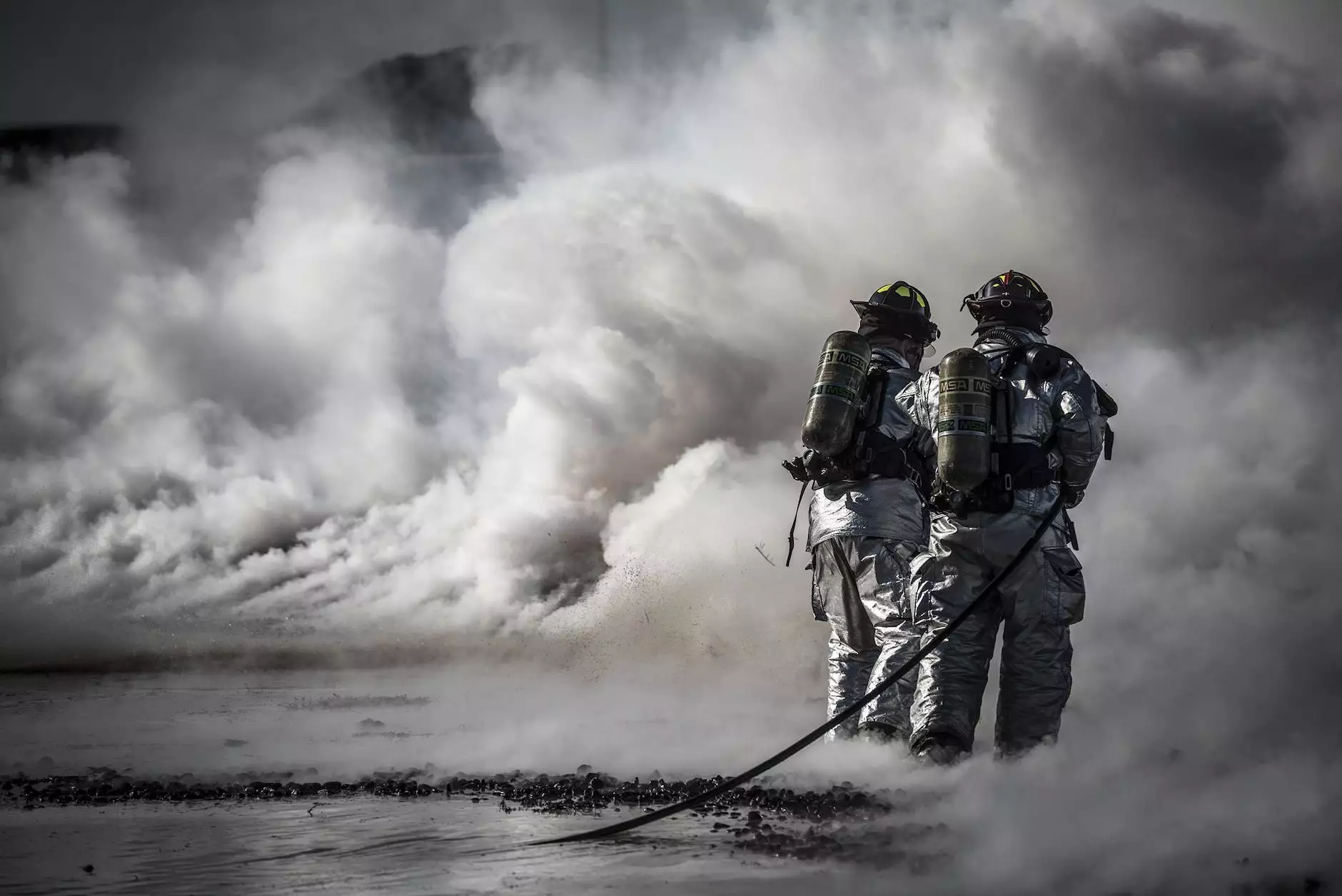Summertime Heat Protection for Your Dog
Blog
As the temperatures rise during the summer months, it's important to take extra precautions to ensure the well-being of your beloved dog. At Guiding Light Dog Training Services, we understand the importance of keeping your furry friend safe and comfortable in the heat. In this comprehensive guide, we will provide you with valuable tips and advice on how to protect your dog from the hazards of summertime heat.
Understanding the Risks
Dogs are more vulnerable to heat-related illnesses than humans due to their limited ability to cool down. They rely on panting as their primary cooling mechanism, which is not as efficient as sweating. This makes them susceptible to heat exhaustion and heatstroke, which can be life-threatening if left untreated. Certain breeds, such as brachycephalic (short-nosed) breeds, are even more prone to heat-related issues.
Keeping Your Dog Hydrated
One of the most important aspects of protecting your dog from the summer heat is ensuring they stay hydrated. Always provide fresh, cool water for your dog to drink. Consider adding ice cubes to their water bowl to provide additional relief. Monitor their water intake and make sure they have access to water at all times, especially during outdoor activities.
Avoiding Peak Heat Hours
When the sun is at its strongest, typically between 10 a.m. and 4 p.m., it's best to keep your dog indoors or in shaded areas. Avoid strenuous activities during these hours as it can lead to overheating. Schedule walks and exercise sessions during the cooler parts of the day, such as early morning or late evening.
Providing Shade and Ventilation
Creating a shaded and well-ventilated outdoor space for your dog is essential during hot weather. Provide a cool, covered area where your dog can rest and escape from direct sunlight. Ensure proper airflow to prevent heat buildup. Avoid leaving your dog in confined areas, such as cars or poorly ventilated kennels, as the temperature can rise rapidly and lead to dangerous conditions.
Protecting Their Paws
Hot pavement, sand, or asphalt can cause burns and discomfort for your dog's paws. Before heading outside, check the ground temperature by placing your hand or bare foot on it for a few seconds. If it's too hot for you, it's too hot for your dog. Consider using paw protectors or booties to shield their paws from the heat. Alternatively, stick to grassy areas or walk your dog during cooler times of the day.
Recognizing Signs of Heatstroke
It's crucial to be able to identify the signs of heatstroke in your dog. Symptoms include excessive panting, drooling, rapid breathing, lethargy, vomiting, diarrhea, and collapse. If you suspect your dog is suffering from heatstroke, immediately move them to a cooler area, offer water, and wet their body with cool (not cold) water. Contact your veterinarian for further guidance as heatstroke requires prompt medical attention.
Additional Precautions
Here are a few additional precautions to keep in mind:
- Avoid leaving your dog unattended in a swimming pool, as they might not be able to find their way out and could drown.
- Use pet-friendly sunscreen on areas of your dog's skin that are exposed to the sun, especially if they have light-colored or thin fur.
- Keep them well-groomed by regularly brushing their fur to prevent matting, which can impede proper air circulation and increase the risk of overheating.
- Consider utilizing cooling products specifically designed for dogs, such as cooling mats or vests, to help regulate their body temperature.
At Guiding Light Dog Training Services, we prioritize the health and well-being of every dog in our care. By following these summer heat protection tips, you can ensure that your furry companion stays safe, happy, and healthy throughout the hot months. Remember, preventing heat-related issues is always better than treating them!










